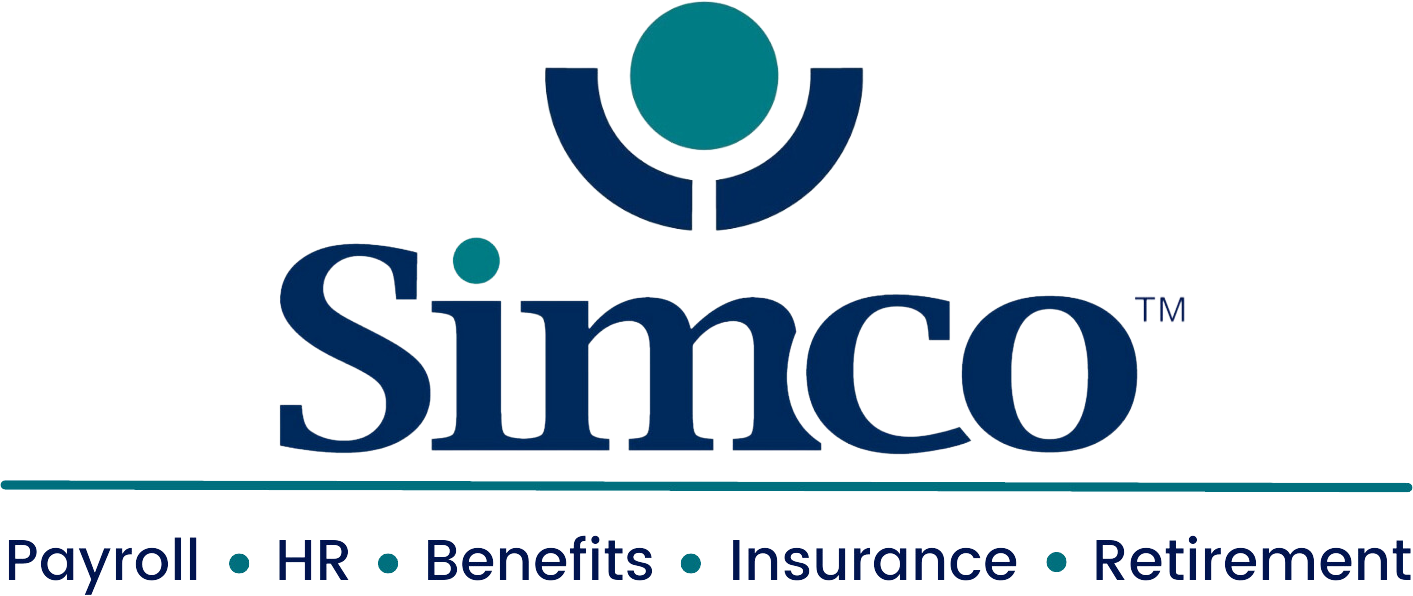
Each year, the Kaiser Family Foundation conducts a survey to examine employer-sponsored health benefits trends. This article summarizes the main points of the 2023 Employer Health Benefits Survey.
Health Insurance Premiums
In 2023, the average premiums for employer-sponsored health insurance were $8,435 for single coverage and $23,968 for family coverage. The average single and family premiums increased by 7% over the last year, which was faster than the previous year (2% and 1%, respectively). Premiums for 2023 were expected to increase more in recent years since many 2022 premiums were locked in months before inflation became a significant concern.
Additionally, the Kaiser report notes an increase of 5.2% in workers’ wages and inflation of 5.8%. The average premium for family coverage has risen 22% over the last five years, compared with a 27% increase in workers’ wages and 21% inflation.
Premiums under high deductible health plans with savings options (HDHP/SOs) were still lower than the average premium. HDHP/SOs’ annual premiums for single and family coverages were $7,753 and $22,344, respectively.
Conversely, on average, the premiums for workers enrolled in preferred provider organization (PPO) plans were higher than others. The average PPO premium was $8,906 for single coverage and $25,228 for family coverage in 2023.
Worker Contributions
The average worker contribution toward the premium was 17% for single coverage and 29% for family coverage in 2023, similar to 2022 percentages.
In terms of dollar amounts, workers contributed $1,401 and $6,575 toward their premiums for single coverage and family coverage in 2023, respectively. Once again, these numbers were similar to 2022 figures but greater than five years ago.
Plan Enrollment
Enrollment figures were reasonably similar to last year’s. The following were the most common plan types in 2023:
- PPOs: 47% of workers covered
- HDHP/SOs: 29% of workers covered
- Health maintenance organizations (HMOs): 13% of workers covered
- Point-of-service (POS) plans: 10% of workers covered
- Conventional (indemnity) plans: 1% of workers covered
Self-funding
In the past few years, self-funded plans have become more popular. Many large organizations self-fund or pay for some or all health services for their workers directly from their own funds rather than purchase health insurance. In 2023, 65% of covered workers—including 18% at small firms and 83% in large firms—are enrolled in self-funded plans. The percentage of covered workers in self-funded plans in 2023 was similar to 2022.
Employee Cost Sharing
Most workers must pay a share of their health care costs, and the average deductible for single coverage was $1,735 in 2023, similar to last year’s number. The average annual deductible has increased 10% over the past five years and 53% over the past decade. The percentage of covered workers with a general deductible of $2,000 or greater for single coverage has increased by 5% over the last five years.
Beyond deductibles, most workers cover some portion of the costs of their health care services. For example, 63% of covered workers had coinsurance, and 10% had a copay for hospital admissions. The average hospital admission coinsurance rate was 20% in 2023; the average payment amount is $404.
In addition, nearly all workers are covered by a plan with an out-of-pocket maximum (OOPM), but the costs vary considerably. Among covered workers with single coverage, 13% had an OOPM of less than $2,000, and 21% had an OOPM of $6,001 or more.
Availability of Employer-sponsored Coverage
While nearly all large firms (those with 200 or more workers) offer health benefits to at least some workers, small firms (three to 199 workers) are significantly less likely to do so. In 2023, 53% of all firms offered some health benefits, which was similar to last year’s percentage (51%).
Although the vast majority of workers are employed by firms offering health benefits, many aren’t covered by their employers. Some are not eligible to enroll, while others choose not for various reasons. Overall, 79% of workers are eligible for health benefits at firms that offer coverage, and 75% of eligible workers take up the organization’s offer. That works out to be 59% of workers at firms that offer health benefits enrolling in coverage.
Among firms that offer health benefits and firms that do not, 53% of all workers were covered by health plans offered by their employer. This is similar to last year’s percentage.
Health Promotion and Wellness Programs
Many firms have programs that help workers identify health issues and manage chronic conditions. The 2023 Kaiser report highlights the following programs:
- Health risk assessments—Among organizations offering health benefits, 36% of small firms and 54% of large firms provided workers the opportunity to complete a health risk assessment, similar to last year. Among large firms that offer a health risk assessment, 59% used incentives or penalties to encourage workers to complete the assessment, higher than the percentage (50%) in 2022.
- Biometric screenings—Similar to last year’s trend, in 2023, workers at 15% of small firms and 42% of large firms were given the opportunity to complete a biometric screening. Among large firms with a biometric screening program, 67% use incentives or penalties to encourage workers to complete the assessment. Although this is a larger share than last year (57%), it is not significantly different.
- Health and wellness promotion programs—Organizations offer such programs to help employees improve their lifestyles and avoid unhealthy habits. Most employers—62% of small and 80% of large—offered a program in at least one of these areas: smoking cessation, weight management, and behavioral or lifestyle coaching. These figures are similar to those of last year.
- Disease management programs—Among organizations that offer health benefits, 36% of small firms and 64% of large firms offer disease management programs to improve employee health and reduce enrollees’ costs for certain chronic illnesses. These programs aim to educate workers about their disease and suggest treatment options.
Telemedicine
Large firms are more likely than small firms to cover telemedicine services. In 2023, 91% of large employers with 50 or more workers covered health care services through telemedicine in their largest health plan, similar to last year. While small firms are more likely than large firms to provide telemedicine services only through their health plan, large firms are more likely to provide telemedicine services through a specialized telemedicine provider.
Since the COVID-19 pandemic officially ended, medical services are now generally available in person, and many employees have partially or fully returned to their workplaces. The Kaiser report highlighted how employers with 50 or more enrollees felt about the importance of telemedicine going forward. Overall, 28% of organizations believe telemedicine will be “very important” in providing access to enrollees in the future; another 32% say it’ll be “important.” While 41% of organizations say telemedicine will be “very important” in providing access to behavioral health services in the future, an additional 30% say it will be “important.” Fewer organizations feel that primary and specialty care—27% and 16%, respectively—will be “very important” in providing health care access.
Abortion Services
The U.S. Supreme Court decision in Dobbs v. Jackson, overturning Roe v. Wade, and subsequent state activity to regulate abortion has increased interest in coverage for abortion services in employer plans. In the 2023 survey, 32% of large firms (those with 200 or more workers) offering health benefits said that legally provided abortions are covered in most or all circumstances, and 18% said legally provided abortions are only covered under limited circumstances (e.g., rape, incest, or health or life endangerment of the pregnant enrollee). The majority of employers (40%) answered “Don’t know” to the prompt, perhaps reflecting the complexity of the issue and the changing landscape of state laws.
A small percentage (7%) of large firms offering health benefits provide or plan to provide financial assistance for travel expenses for enrollees who travel out of state to obtain an abortion if they do not have access near their home.
Conclusion
As expected, the average annual premiums for both single and family coverage significantly increased in 2023 as the economy impacts health benefits. Looking ahead, inflation and wages are projected to moderate over the next two years. Employers should begin identifying tools and resources to offset higher premiums and offer robust mental health support.
For more information on benefits offerings, contact us today.
Sign up for our newsletter.




